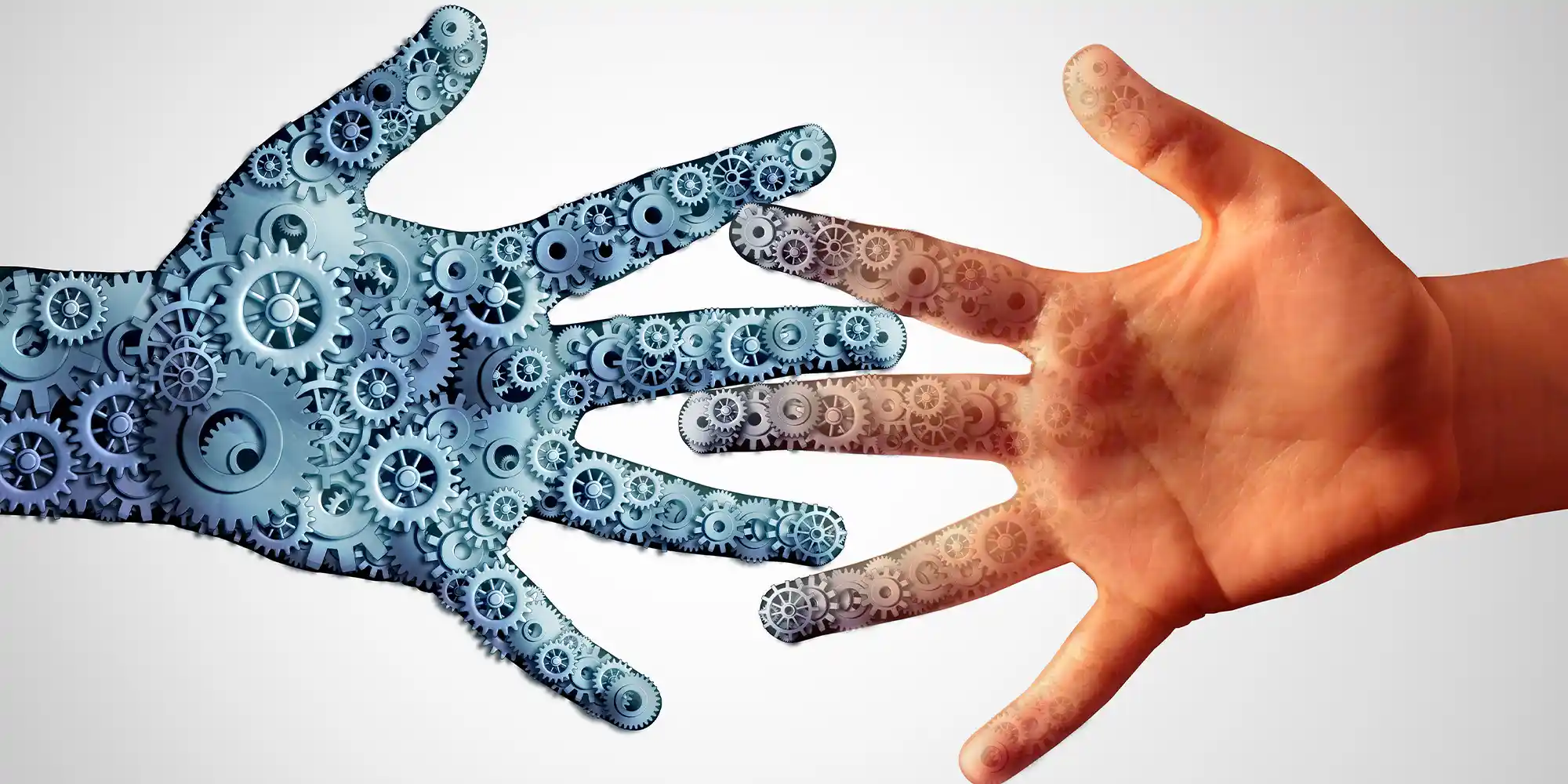
Machine translation
Customized integration of MT into your translation process.
Put your faith in the expertise and experience of our native-speaker professional translators. Trust in ACT Translations.
or
Home » Arabic translations for your company
The Arabic language belongs to the Southwest Semitic languages and the Afroasiatic language family. It is used as a first language by some 250 million people worldwide and as a second language by around another 50 million. Accordingly, it is considered one of the major world languages.
Classical Arabic is the language of the Koran – it spread from the Arabian Peninsula to Central Asia, North Africa and Spain and serves as the religious and scholarly written language in all Islamic countries. In addition to a large number of sub-groups, five major dialect groups are differentiated as valid colloquial languages for all social areas and classes: Peninsular Arabic, Iraqi, Syriac-Palestinian, Egyptian-Sudanese and Maghrebi Arabic. Modern standard or written Arabic has developed from Middle Arabic and is used transnationally by Arabic-speaking mass media such as the press, television, radio and film. Arabic contains countless, mainly scientific, medical and technical loanwords from French and English, which gained greater acceptance in the language, particularly in the 20th century.
Spoken Arabic is marked by guttural sounds and has a distinctly consonantal character; the grammar is complex and facilitates rich linguistic expression. The Arabic alphabet is made up of 28 consonants that are combined from 18 characters. Vowels are differentiated by placing special characters above or below the consonants (diacritical marks). The Arabic script has evolved from Aramaic and is written from right to left.
If you need a translation into this major world language, we will gladly support you as an Arabic translation agency with our native-speaking language experts.
Get a free instant quote now.
Business clients only
Our service is only available for companies
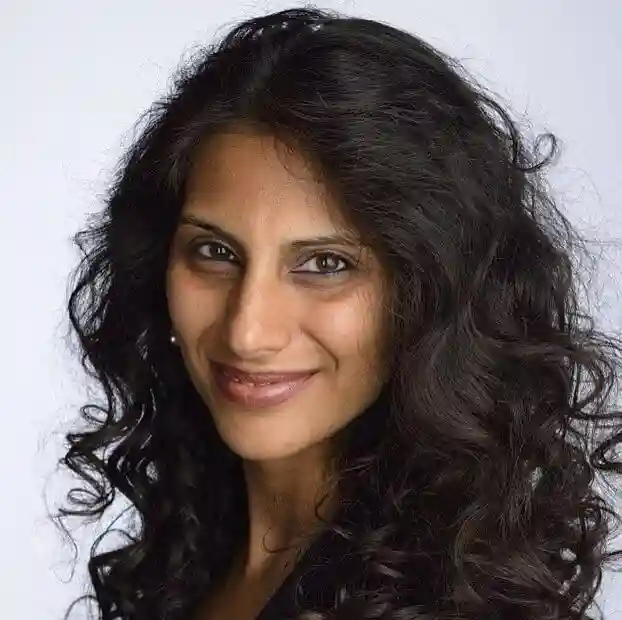
Key Account Manager
Our experts will find the right solution for you.

Customized integration of MT into your translation process.
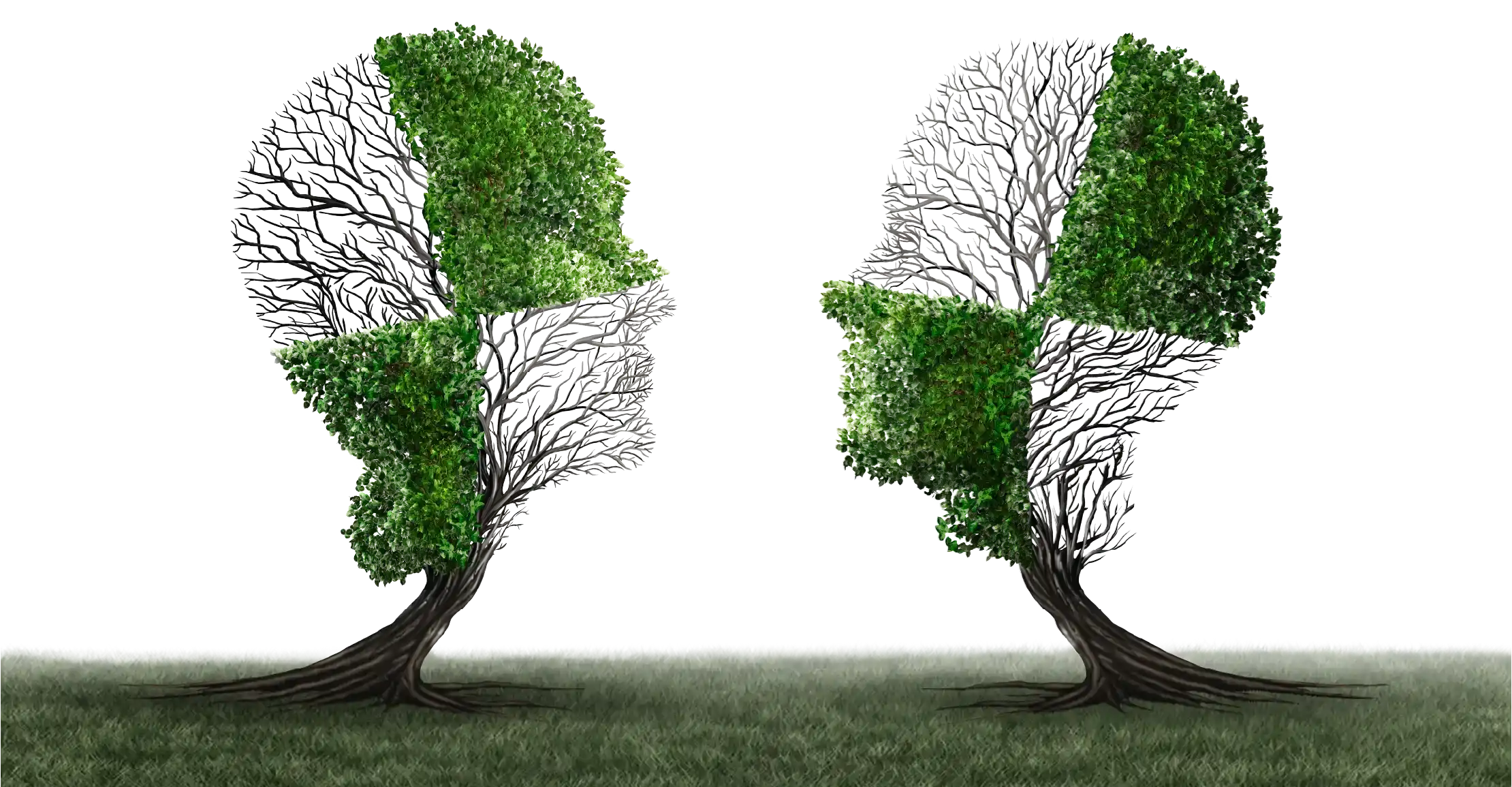
Language services A single proofreading session is often not enough for higher quality, which is why our in-house quality assurance…
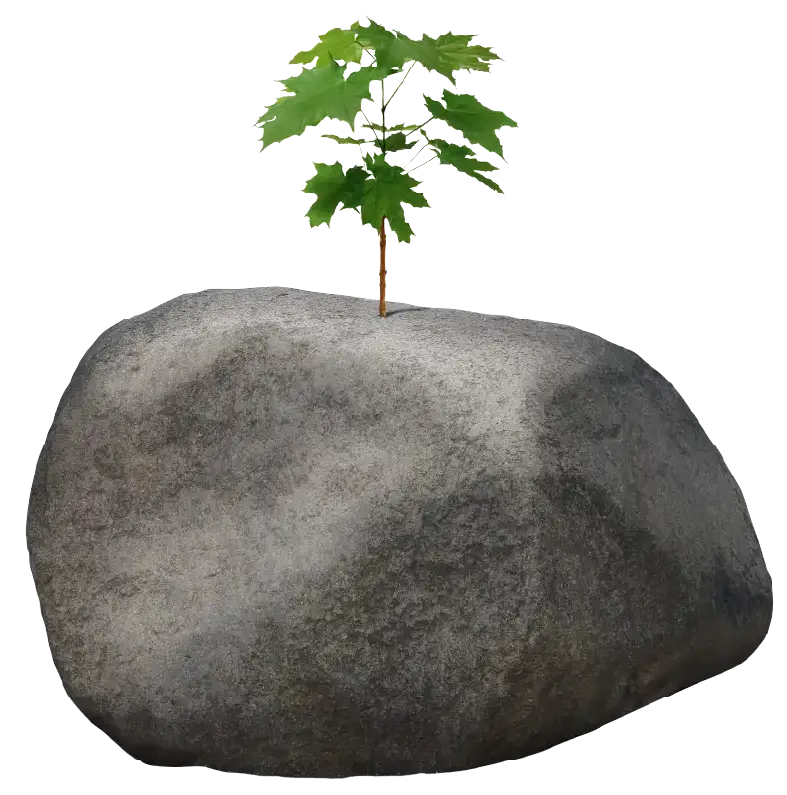
Subtitling in the original language is already challenging. Even more complicated in a foreign language. Our experienced language professionals translate the text sequences and simultaneously adjust their length since our eyes absorb information a little slower than our ears.
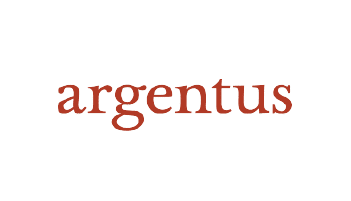
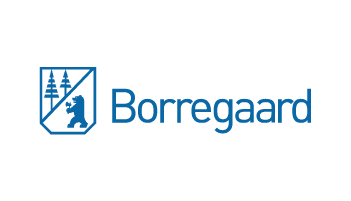





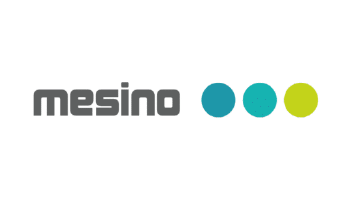


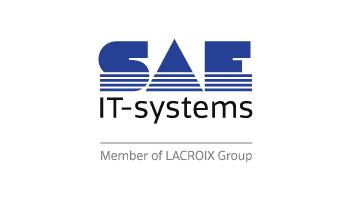

Benefit from our additional services for your business
Your personal contact provides expert and solution-oriented advice. We use cutting-edge technology and a sure feel for languages to deliver expert, on-target translations.
Your deadlines are our deadlines, and we strive to make the whole process easy for you. That’s what we mean by quality. Our translation service goes the extra mile.

Kirti Sawhney-Kersten, Key Account Manager
Phone: +49 2161 56711 – 59
Email: [email protected]
You need to load content from reCAPTCHA to submit the form. Please note that doing so will share data with third-party providers.
More InformationYou are currently viewing a placeholder content from ProvenExpert.com. To access the actual content, click the button below. Please note that doing so will share data with third-party providers.
More Information